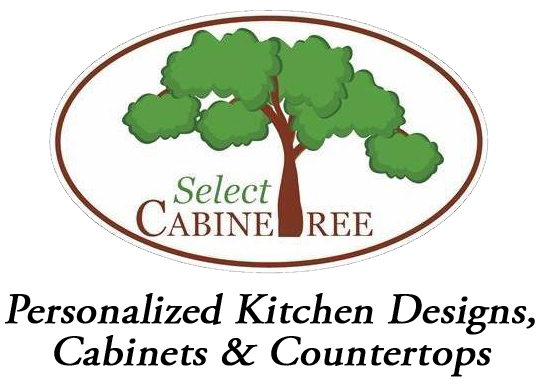Countertop Product Sales and Installation
Request Appointment
Hero Request Form
Replace Your Outdated Countertops
Looking to give your kitchen or bathroom a fresh, new look? New countertops can make all the difference! At Select Cabinetree, we offer a wide range of countertop options to suit your unique style. Serving the New Hampshire seacoast, southern Maine, the southern Lakes Region, and northern Massachusetts, we're here to help you transform your kitchen or bathroom into a space you'll love with our durable, long-lasting countertops.
Fill out our online form today to request an appointment with a member of our highly experienced team.
Why Choose Our Countertops?
Our countertops aren't just about functionality. They're about adding a touch of elegance and style to your kitchen. Our countertops are a cut above the rest and available in a wide range of materials:
- Granite
- Laminate
- Porcelain
- Quartz
- Quartzite
- Soapstone
- Solid surface
- Wood
With our personalized services, we tailor our services to your needs, ensuring your room reflects your taste. Get in touch with us to explore our countertop options and find the perfect fit for your home.
Why Select Cabinetree for Custom Countertops?
Choosing Select Cabinetree for your next remodeling project means choosing quality, experience, and personalized service. Here's why we're the best choice for your countertop needs:
- Over 20 years of experience in kitchen and bath design
- 12-month parts and labor warranty on all countertops
- Member of the National Home Builders Association, the New Hampshire Home Builders Association, and the National Kitchen and Bath Association
- Available after hours by appointment
- All work is performed by licensed and insured craftsmen
- From design to installation, we manage the entire project
- We handle all permits, ensuring a hassle-free remodeling experience
Get white glove treatment at a reasonable price. Contact the countertop experts at locally owned Select Cabinetree in Somersworth, NH.
Get in Touch With Us Today
Ready to revamp your kitchen or bathroom with stunning new countertops?
Reach out to Select Cabinetree for a FREE consultation. We're excited to help you create a room that's not only functional, but also a reflection of your style with our long-lasting countertops.


Share On: